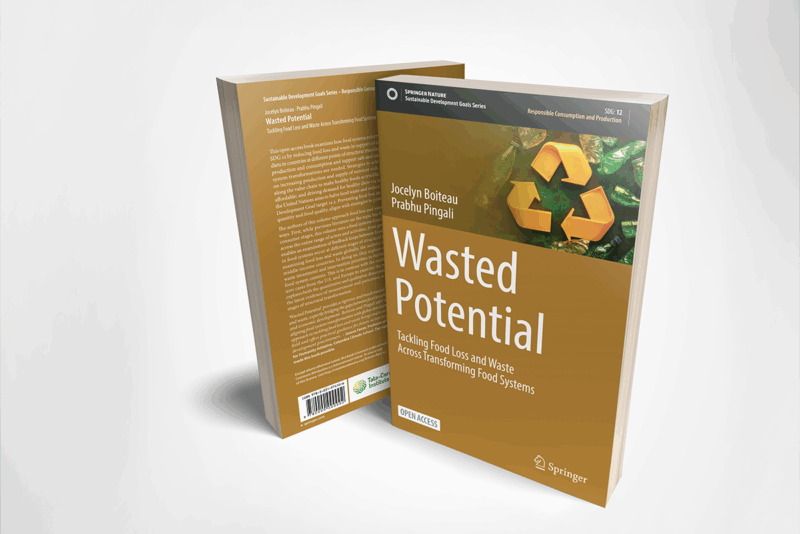Local Factors Are Key to Reducing Stunting

Indian policymakers can create targeted programs that more effectively reduce stunting by accounting for regional differences in environmental factors like climate, according to new research from the Tata-Cornell Institute for Agriculture and Nutrition (TCI).
In a two-part study published in Current Science, TCI researchers identify possible contributors to stunting in Karnataka, India, and use the example of relative rainfall to demonstrate how complex interactions between risk factors can increase or decrease the likelihood of stunting at the local level.
In India and across the developing world, stunted growth and development cause serious consequences for children, including poor educational performance and increased risk of chronic diseases as adults. Indian policymakers have mostly used nationwide, nutrition-oriented policies to curb stunting, but the condition remains prevalent in many parts of the country.
“These approaches must be tailored to local circumstances to increase effectiveness,” said Sri Raj, lead author of the study, former TCI research associate, and current assistant professor at the Albert Einstein College of Medicine. “Studies such as ours can help identify region-specific factors that will help reduce stunting prevalence further.”
“Ultimately, our results emphasize the importance of adopting a comprehensive, regionally focused approach to reducing stunting,” Ekanayake said. “Doing so will continue to uncover delicate social and environmental relationships that compound stunting risks, allowing policymakers to deploy programs that are more precise and cost-effective.”
Using data on health and the environment in Karnataka, Raj and her coauthors examined the impact of variations in rainfall on stunting. Rainfall, the researchers explain, interacts with other factors to influence stunting risk. For example, low rainfall can lead to low crop diversity, which causes nutritional deficiencies. Poor nutrition then weakens immune systems, making children more susceptible to infectious diseases. All of this combines to increase the risk of stunting.
In their examination, the researchers found evidence that differences in rainfall influence the relative risk of stunting across Karnataka. Overall, the level of stunting is higher in districts with low rainfall. However, interactions between risk factors reveal more subtle differences, with distinct patterns emerging in high-rainfall districts. For example, the children of younger mothers face a higher risk of stunting in high-rainfall districts but not in low-rainfall districts. And while older children, in general, are more likely to be stunted in low-rainfall districts, that is only true for girls and children exposed to unimproved water sources in high-rainfall districts.
“Our findings suggest the need for policymakers to focus more heavily on water quality and sanitation in these areas, as well as education and outreach efforts to reverse child-raising practices that may place female children at a disadvantage,” said Ruwanthi Ekanayake, a coauthor of the study. “These efforts wouldn’t just be auxiliary to nutritional supplementation and meals schemes but may accelerate the positive impact of such nutrition programs.”
While their research focused on the impact of climate, the researchers suggest that other environmental factors can also be exploited to improve the efficacy of anti-stunting programs, including religion, cultural background, and genetics.
“Ultimately, our results emphasize the importance of adopting a comprehensive, regionally focused approach to reducing stunting,” Ekanayake said. “Doing so will continue to uncover delicate social and environmental relationships that compound stunting risks, allowing policymakers to deploy programs that are more precise and cost-effective.”
Feature image: Photo by Kreative Studios on Shutterstock.





